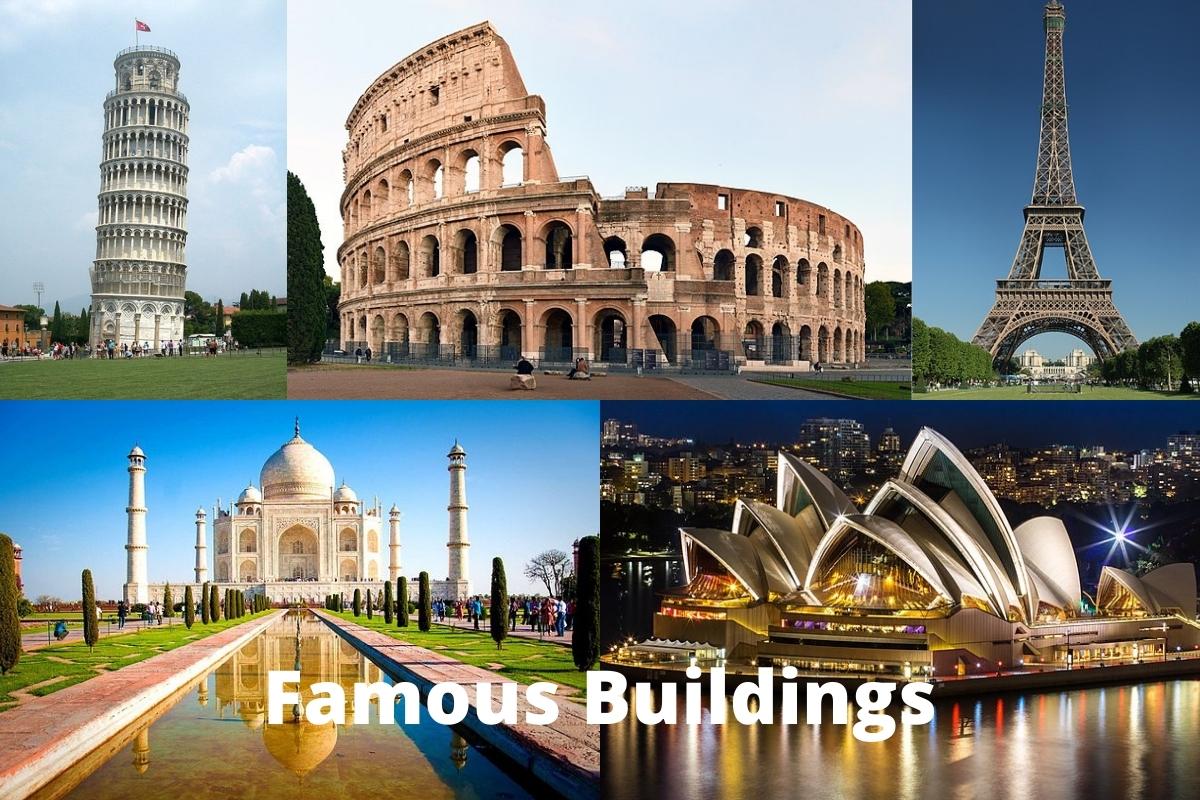Humans have long taken pride in the structures that they are able to create, even from the earliest-known era of history. Some of the world’s most famous buildings were created for religious purposes, or made simply for artistic expression as much as practicality.
These buildings have sometimes been in existence for centuries or longer and are now recognized as being some of the most notable structures in the world.
In this article, we’ll explore 10 of the greatest buildings in history, as well as the history behind them and how they were created.
Famous Buildings
1. Sydney Opera House
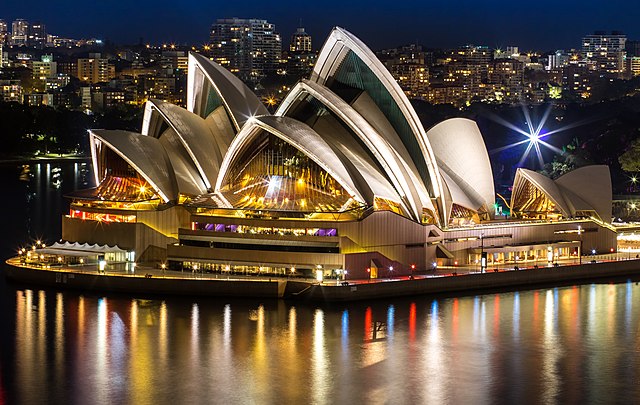
One of the most iconic buildings in the world resides in Sydney, Australia and, since it was constructed, has become a symbol of the city, as well as Australia itself.
The Sydney Opera House is one of the most unique buildings in the world with its many different sails that make it somewhat resemble a ship at sea from various angles.
There was a competition held in 1956 for design submissions and sketches from all over the world on the project. The group in charge eventually selected a design from Danish architect, Jørn Utzon, who considers the building to be his crowning achievement.
Construction of the opera house began in March of 1959 and would take more than a decade before it was completed in 1973. The Sydney Opera House includes seating for more than 5,700 people throughout its 7 different theatres.
The building in its entirety takes up nearly half-a-million square feet in total. It’s been recognized as a UNESCO World Heritage Site, as well as other distinctions. Since its establishment, the Sydney Opera House has been featured in numerous works of art from painting and photography to film.
2. Colosseum
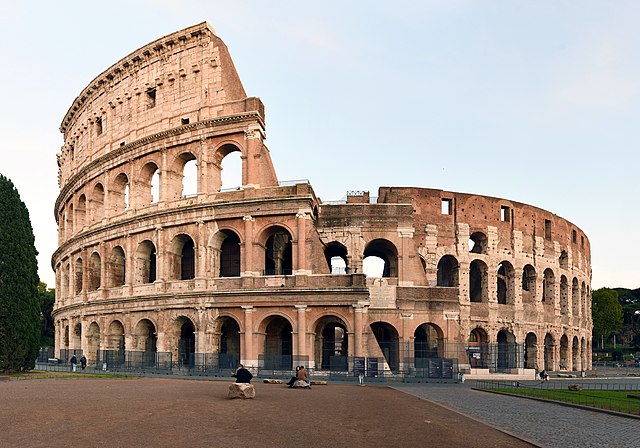
One of the most famous landmarks in the historic city of Rome, Italy is undoubtedly the Roman Colosseum. It was once a place in which brutal competitions and performances took place, but it now sits as a monument to the once-great empire that spanned much of the globe from the first to the fifth centuries.
Its design is an oval-shaped amphitheater and it is actually still the largest amphitheater in the world today.
It is unclear exactly who came up with the design of the Colosseum as no historic writings or records from that time period clearly indicate anyone other than the emperor Vespasian, who began construction on the vast structure during the first century.
After his rule, work continued on the Colosseum under emperor Titus and then it was finally completed around the year 96 by workers during the rule of Domitian.
The building is 615-feet-tall and 510-feet-wide, covering a base area of about 6 acres. When it was first in operation, the Colosseum could seat roughly 50,000 spectators and it also had special seating for nobility and Rome’s Senators and other rulers during this time.
3. Taj Mahal

The Taj Mahal is typically considered to be one of the greatest wonders of the world. It’s design is distinctly indicative of Islamic culture and sits in Agra, Uttar Pradesh, India where the Persian empire once ruled.
This majestic building was created by the Mughal emperor Uttar Pradesh and was meant to serve as a tomb for one of his most highly esteemed wives, Mumtaz Mahal, according to historians.
The Taj Mahal was first commissioned in 1632 and it was a project that lasted for more than two decades before it was finally finished in 1653.
The Taj Mahal is a sprawling 42-acre complex that stands in the middle of beautiful gardens and is surrounded by four watchtowers that are 130-feet-tall. Throughout the years it was under construction, it involved more than 20,000 workers, stonecutters, embroiderers and other laborers.
4. Leaning Tower of Pisa
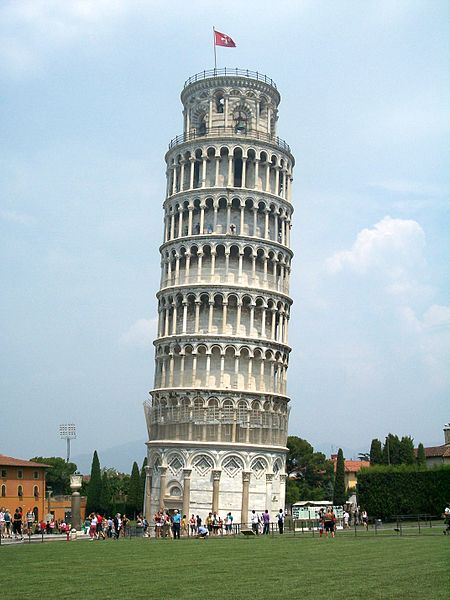
There are a number of well known buildings that are strewn about Italy that were built throughout the Roman empire, Italian Renaissance, as well as later times during the medieval period.
The Leaning Tower of Pisa is one of the most recognizable structures in the world due to a poorly-laid foundation.
The tower was initially commissioned in the 1170’s by prominent architect and builder Bonanno Pisano. Construction on the building began 1173 and the project is one of the longest of any project on our list of buildings. It took nearly two centuries before the tower was finally finished in 1372.
Just a few years after the tower was completed, those within the city of Pisa began to notice that it seemed to begin sinking on one side. This gradual sinking gave way to what is now a tower that appears as if it is about to fall over at any moment.
Various efforts have been made over the years to prevent the Leaning Tower of Pisa from falling, which include the addition of thousands of pounds of lead counterweights.
5. St. Basil’s Cathedral

One of the most colorful and exquisite buildings in the world is St. Basil’s Cathedral. Located in the middle of Moscow’s Red Square, this structure is officially known as the Cathedral of the Intercession of the Most Holy Theotokos on the Moat, or Pokrovsky Cathedral.
It was designed by Ivan Barma and Postnik Yakovlev, who were among the most accomplished and well known architects in Russia during the 16th century.
Construction on the project began in 1554 under the rule of Ivan IV, who is known as “Ivan the Terrible,” and the building was initially intended to be a church that was named Trinity Church.
St. Basil’s Cathedral was completed over the course of the last half of the 16th century and it was later named after the tenth chapel was erected over the grave of Saint Vasily in 1588. The church was confiscated in 1928 under state-enforced atheism and has since served as a museum.
6. Burj Khalifa
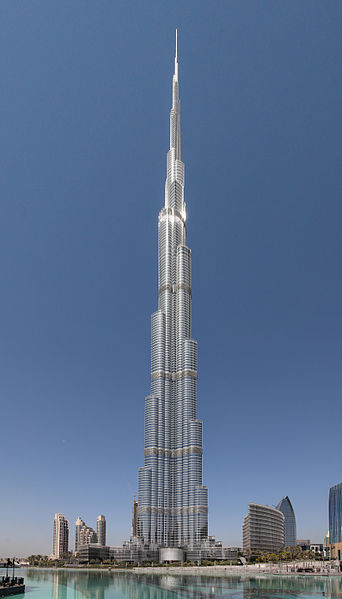
The Burj Khalifa currently holds the distinction of being the tallest building in the world. It recently took that title from the Taipei 101 in 2009.
It’s located in Dubai, United Arab Emirates and has become an iconic symbol of the city that draws many thousands of visitors each year. It towers over the other skyscrapers and buildings throughout the coastal city of Dubai and is home to some of the most prestigious businesses in the oil-rich city.
The building was initially designed by Adrian Smith of the well known architectural firm, Skidmore, Owings & Merrill. The architects held a groundbreaking ceremony in 2004 and the building was completed just a few years later.
The tip of the building stands at a staggering 2,722-feet-tall and the Burj Khalifa offers more than 3,300,000 square feet of space.
Being the tallest building in the world also brings a host of issues that the Burj Khalifa faces. It is known to attract thrill seekers and daredevils, including BASE jumpers who sometimes attempt to illegally jump from the top of the building.
7. Eiffel Tower
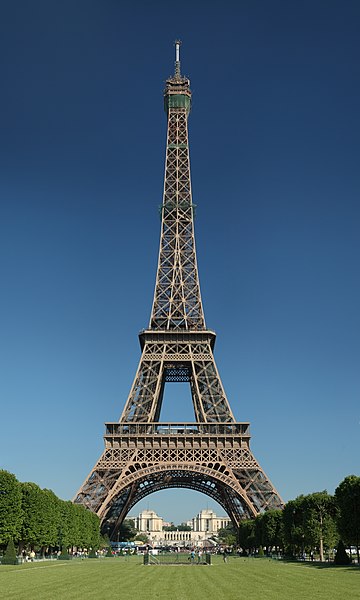
The Eiffel Tower is among the world’s most iconic structures in the world.
Located in Paris, France, the tower was designed and built by the highly esteemed architect and engineer Gustave Eiffel and is a national symbol of France. It is locally known as “La dame de fer” which translates to the “Iron Lady.”
Designs were completed in 1886 and construction began the next year in 1887. The project took two years before it was completed in 1889. The building is completely made of wrought iron, which is also known as “puddle iron,” and weighs more than 7,300 tons.
The Eiffel Tower is one of the most visited attractions in Paris and it is believed that the building draws more than 7 million people each year. It stood as the tallest man-made structure in the world until 1930 when the Chrysler Building was constructed in New York City.
In recent decades, several other buildings have been constructed that are taller than the Eiffel Tower.
8. Empire State Building
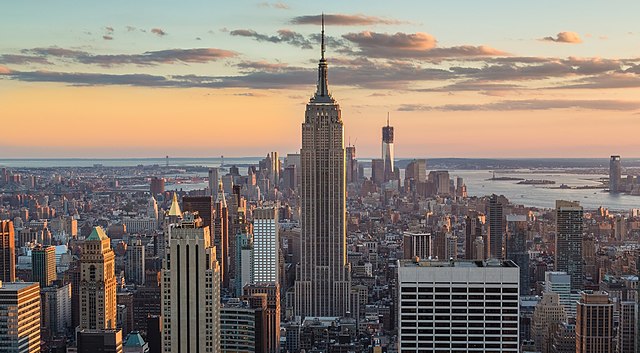
New York City is the most populated city in the United States and is home to a number of iconic buildings and structures. The Empire State Building is considered to be the most visited destination in the city, which is known as the “Big Apple.”
It’s a building that’s been featured in countless paintings, photographs and films over the years.
The Empire State Building was designed by an architectural firm known as Shreve, Lamb and Harmon. Construction began in 1930 and the project was handled by famous architects John J. Raskob and Al Smith, who were both very well known at the time.
The Empire State Building was finished just one year after work began on it and the building was open in 1931.
It held the distinction of being the tallest free-standing structure in the world for many years after it was initially constructed, but that title was later given to New York City’s World Trade Center buildings, which each stood at 110 stories.
The Empire State Building now stands as one of the most historic buildings in the United States and it is also a symbol of New York City’s reputation for drive and determination.
9. Hagia Sophia
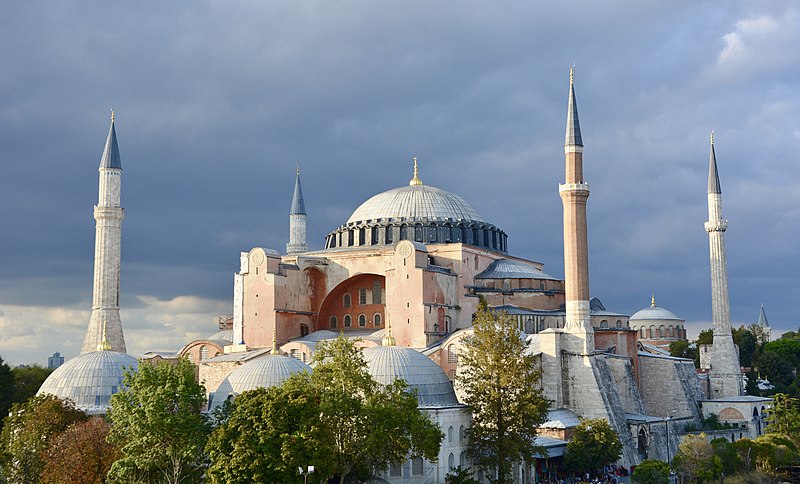
One of the most holy sites in the Islamic faith is known as the Hagia Sophia and is also a structure that many would consider to be among the most notable buildings in the world.
This building is located in Fatih, which is part of Istanbul, Turkey and has stood for many centuries in the heart of what used to be the Roman and later the Ottoman Empire.
The Hagia Sophia was initially build by the Roman Empire under the rule of Justinius I when the city was known as Constantinople.
Construction began in the year 360 A.D. and the building was intended to be one of the holiest sites in the Christian faith as it was dedicated to Holy Wisdom, which was considered the second part of the Chrisitan godhead’s trinity.
It was finally finished in 537, but there have been a number of significant events over the centuries that have caused the building to be changed from one nation to another multiple times.
The Hagia Sophia has existed under a host of different names as it was dedicated and re-dedicated to various rulers and leaders from the Islamic and Christian religions.
It’s design now resembles most of the other mosques that are scattered around Turkey and other middle eastern countries as it features four towers or chapels on each corner, as well as a large, prominent dome in the building’s center.
10. Sagrada Familia
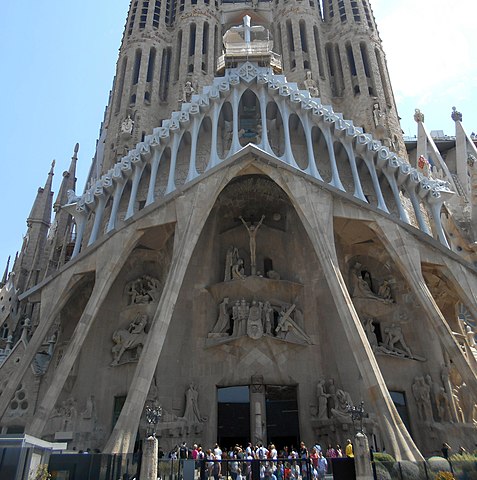
The Roman Catholic Church is known for producing some of the most extravagantly-designed and luxurious buildings in the world.
These structures serve as centers of worship, but they also are known as some of the most heavily-traveled tourist destinations for those in the Catholic faith, as well as others. The Sagrada Familia is arguably the most recognizable building site in the world.
This building is a magnificent work of artistic expression and is one of the more iconic structures in Barcelona, Spain.
It was designed by the famous Spanish architect Antoni Gaudí, who was known for creating some of the more revolutionary designs in Spain and Europe during the late 19th century.
Construction on the Sagrada Familia began in the spring of 1882 and the project has been one that is still underway in the present day.
Many different additions and renovations have been made to the Sagrada Familia since it was first established. It is officially known as the Basílica i Temple Expiatori de la Sagrada Família and is also one of the tallest of any basilica in Spain at more than 560 feet.
The massive structure is capable of holding up to 9,000 occupants and it is often completely full at the many holidays celebrated within the Catholic faith.

